Principles of Garden Design
15 years ago
Featured Answer
Sort by:Oldest
Comments (24)
- 15 years agolast modified: 9 years ago
- 15 years agolast modified: 9 years ago
Related Discussions
Principles of landscape design for ranch style homes
Comments (34)I don't see how one could write a book on landscaping the ranch-style home without having some photos of such homes in the book, any more than one could re: Craftsman, Victorian, and so forth. By training and nature, I operate under the principle of "never assume anything," and so I have not yet assumed that the OP even HAS a ranch style home as I understand them. I've seen any number of somewhat modest and likely one-story homes called a "ranch" (or "rancher") even though that home may have a number of features related to its actual height and width proportions, roof line, embellishments, ceiling heights, porticos, verticality and so forth that to me makes it, well, something else, at least in terms of whether any generic ranch-landscape principles could apply. So one can have a generic discussion, but fundamentally each individual offered "visual" of a landscape is based on an associated underlying, assumed, envisioned, particular house....See MorePoll 'Most invasive plant in your garden'
Comments (152)Creeping Charlie or Ground Ivy as we call it, has taken over the back corner of the yard, but it's keeping all the other weeds down and it does smell good when it's cut. But as for all time invasive, there are two plants that I didn't put in but are a nuisance. The wild Rose of Sharon that spreads everywhere and I spend hours every year pulling it out of the 50 yr old peonies and rose bush. There must be thousands of seedlings in the grass. Its my neighbors plant and "she likes it." I call it the the Rose of Sharon from Hell. Then there's a second plant that grows to like 7 feet tall that looks like bamboo with trailers underground. They're impossible to pull out and break at the sections. I have yet to discover what they are....See MoreNeed sugestions: Principle wants to do a LARGE Butterfly garden
Comments (18)Hats off to you, Ladybarber! I'll just confirm the previous posts: START SMALL. Our school developed an extremely large habitat for wildlife, complete with native plants for butterflies and birds. While it's worth every smile on a child's face, it's a huge time commitment to keep more aggressive plants from running amok, weeding, watering, etc. I will second that you'll be surprised at the grants and donations that are available. I donated several native plants from my garden, including all the milkweed, so you may want to tap into the parents. You may also want to see if any scout troops are willing to take on the garden for a service project. Our school even ventured into seed starting. I still help with our habitat, even though my kids are now in highschool. One teacher takes the kids into the garden to help. Wow! That's a lot of energy. While some plants may get smashed or mistakenly pulled to see their excitement and interest is well worth the effort. Three last things. 1. Our teacher created an observation book so that visitors or children can write about their visit and what they saw. There are some priceless notes about worms. 2. We sold stone paver kits to raise money. The kids/family could then make the stone with their own decorations to be used for a memory path in the school garden. 3. Our school also built a shed to house all of the tools, etc. with a combination lock. Good luck! Cathy in SWPA...See MoreCrazy or True Design Principle-Door Locations in Bathrooms
Comments (3)"no bathroom door is located past the first doorway of a bedroom in a hallway". An easier way to say it: When walking down the hall, you should reach the bathroom before the bedrooms. I've never heard of this "rule", but -- as I think about it -- every house I've lived in as an adult has fit this rule. In contrast, the bathroom in my childhood home was at the faaaaar end of the house /past all the bedrooms. I kinda see the point: - Bathrooms are open to guests, whereas bedrooms are more private. - Placing the bathroom closer to the main living areas would place it closer to the kitchen. This keeps your plumbing fixtures closer together, which is a positive. Overall, I don't think this is a hard-and-fast rule. Do what works for your layout....See More- 15 years agolast modified: 9 years ago
- 15 years agolast modified: 9 years ago
- 15 years agolast modified: 9 years ago
- 15 years agolast modified: 9 years ago
- 15 years agolast modified: 9 years ago
- 15 years agolast modified: 9 years ago
- 15 years agolast modified: 9 years ago
- 15 years agolast modified: 9 years ago
- 15 years agolast modified: 9 years ago
- 15 years agolast modified: 9 years ago
- 15 years agolast modified: 9 years ago
- 15 years agolast modified: 9 years ago
- 15 years agolast modified: 9 years ago
- 15 years agolast modified: 9 years ago
- 15 years agolast modified: 9 years ago
- 15 years agolast modified: 9 years ago
- 15 years agolast modified: 9 years ago
- 15 years agolast modified: 9 years ago
- 15 years agolast modified: 9 years ago
- 15 years agolast modified: 9 years ago
- 15 years agolast modified: 9 years ago
Related Stories

ENTRYWAYSPut On a Good Face: Design Principles for Home Fronts
Set the right tone from the get-go with an entry that impresses and matches the overall design of your home
Full Story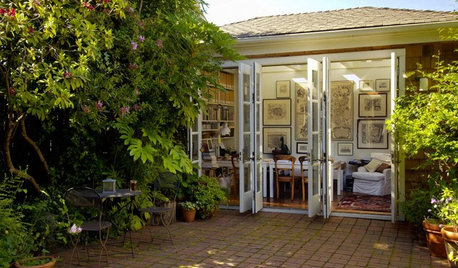
LANDSCAPE DESIGNGarden Design Essentials: Unity and Variety
Between boredom and chaos lies the perfect balance. See how two design principles create landscapes as fascinating as they are harmonious
Full Story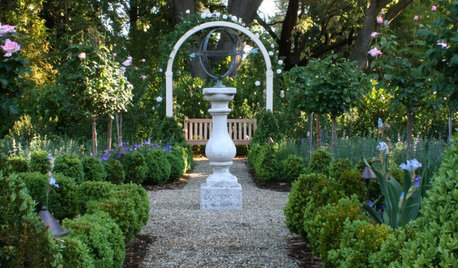
GARDENING AND LANDSCAPINGGarden Design Essentials: Emphasis and Focal Points
Draw the eye and create a lasting impression in your landscape with the design principle of emphasis, or point of view
Full Story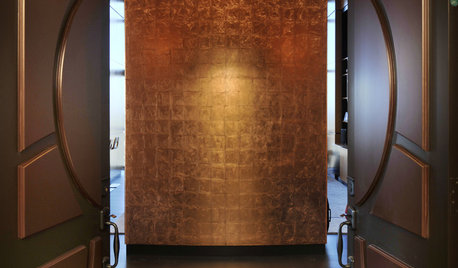
DECORATING GUIDESLess Is More: 6 Principles of Minimalist Design
Consider the Impact of Stunning Materials Left to Stand on Their Own
Full Story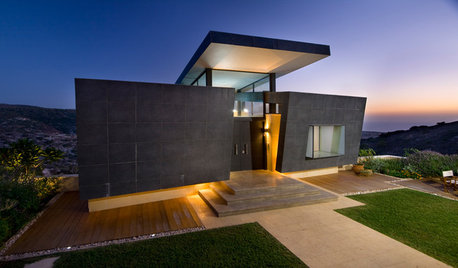
LANDSCAPE DESIGNBorrow From the Bauhaus for a Modernist Landscape Design
Dig into three principles of the influential German school to integrate your home and garden and have a beautifully functional design
Full Story
GARDENING GUIDESGreat Design Plant: Blue Sage
True blue and adored by hummingbirds, blue sage is easy to grow from seed in a sunny fall garden
Full Story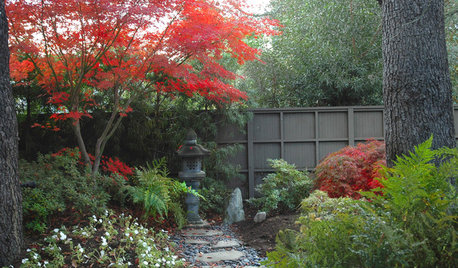
LANDSCAPE DESIGNLay of the Landscape: Create the Beauty of a Japanese Garden
Balance, enclosures and the forms of nature combine in serene Japanese garden design. Bring the look home with some of these principles
Full Story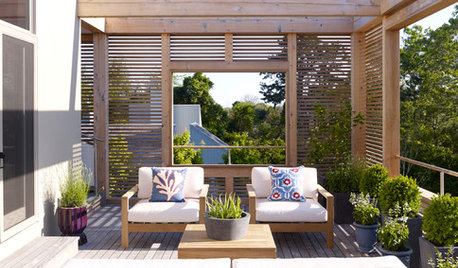
LANDSCAPE DESIGN6 Basic Elements of Classic Garden Style
Use symmetry, geometry and other principles of formal design to give even a modest garden a pleasing balance
Full Story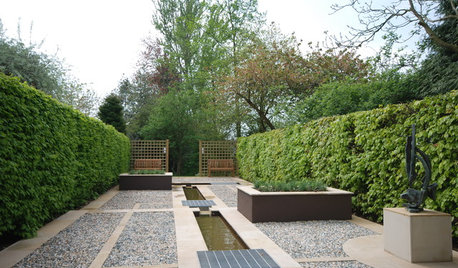
LANDSCAPE DESIGNHow to Create a Zen-Inspired Garden
You can get the peaceful feeling of a Japanese Zen garden in your backyard by embracing these principles
Full Story
SAVING WATERXeriscape Gardens: How to Get a Beautiful Landscape With Less Water
Conserve water and make gardening much easier with the xeriscape approach’s 7 principles
Full Story



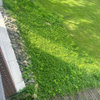

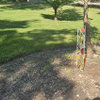
kaitain4